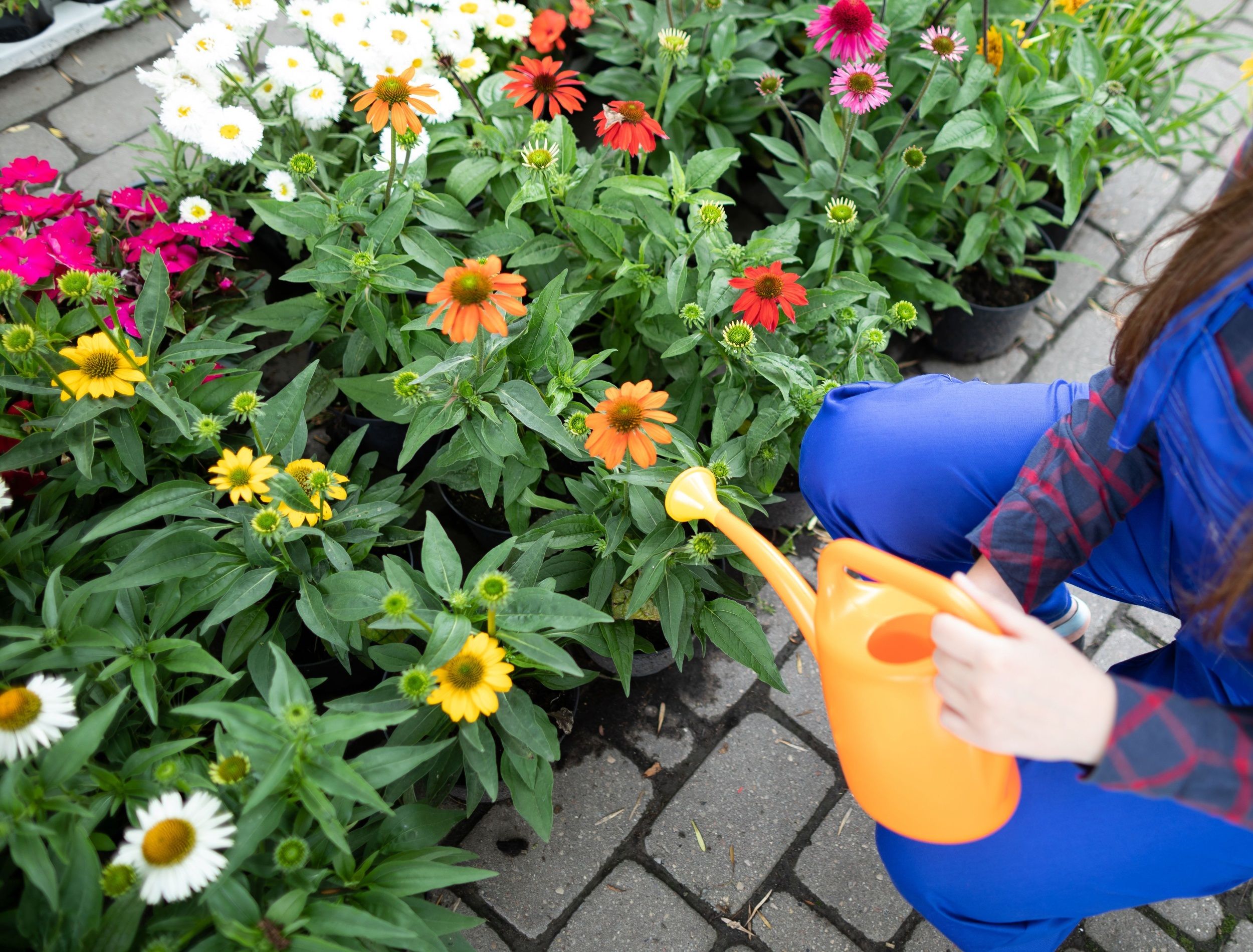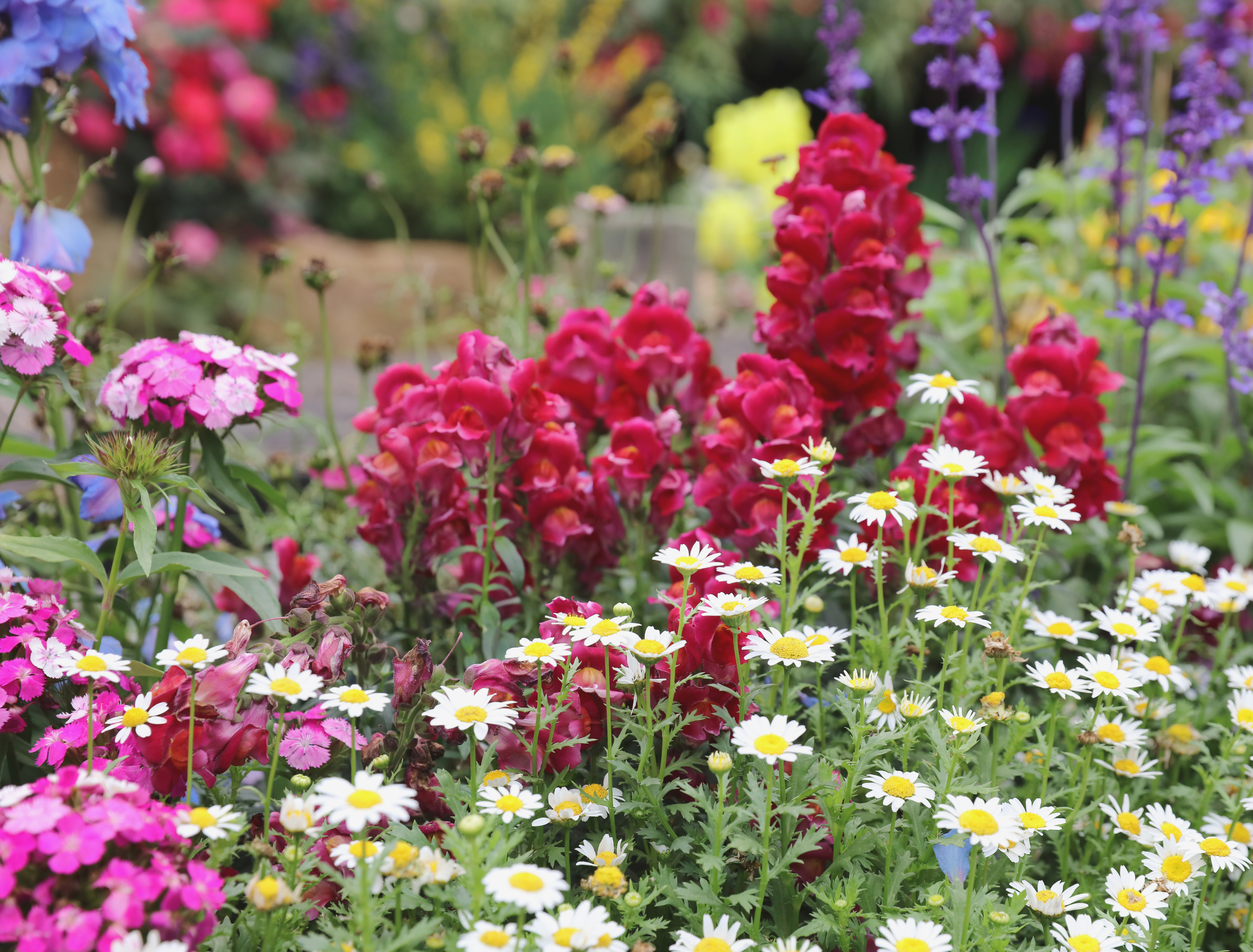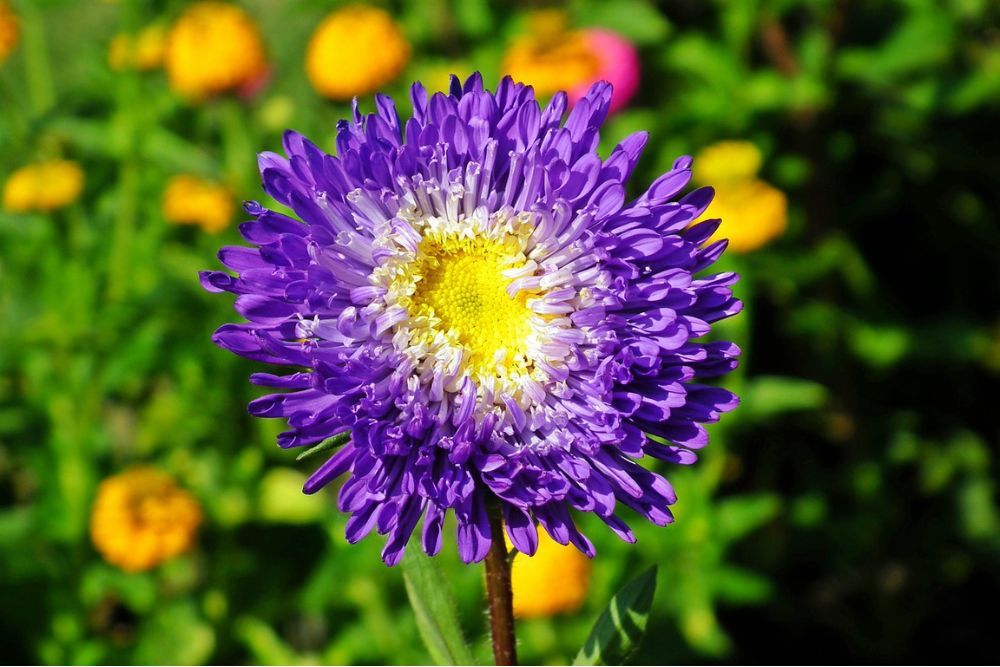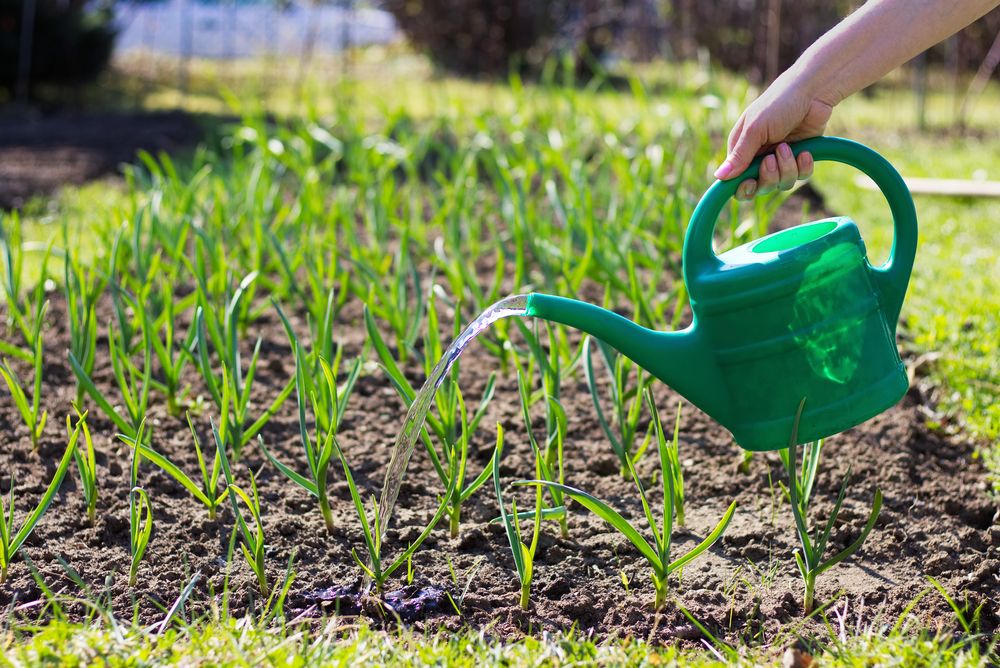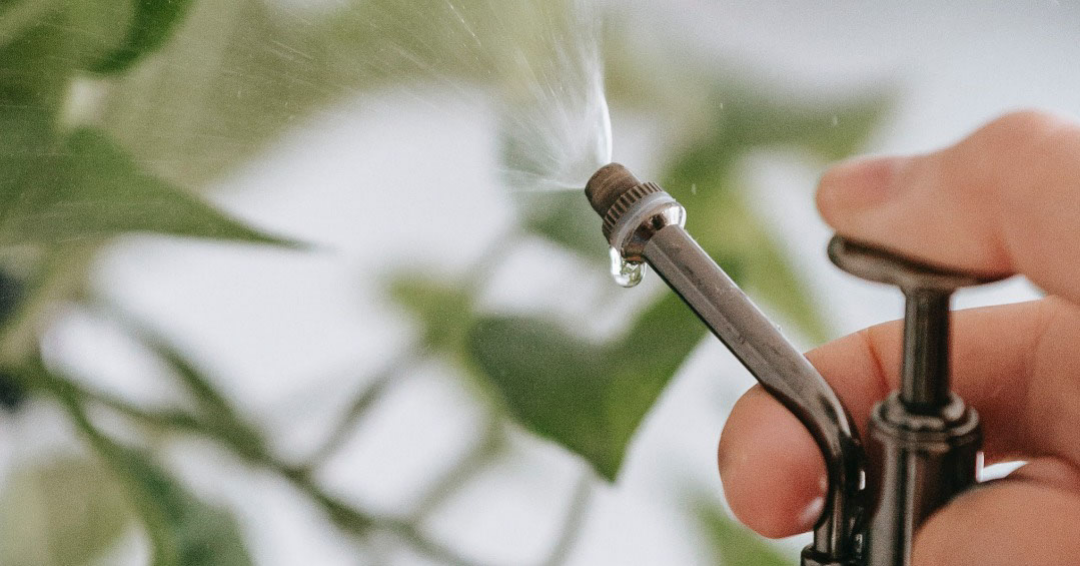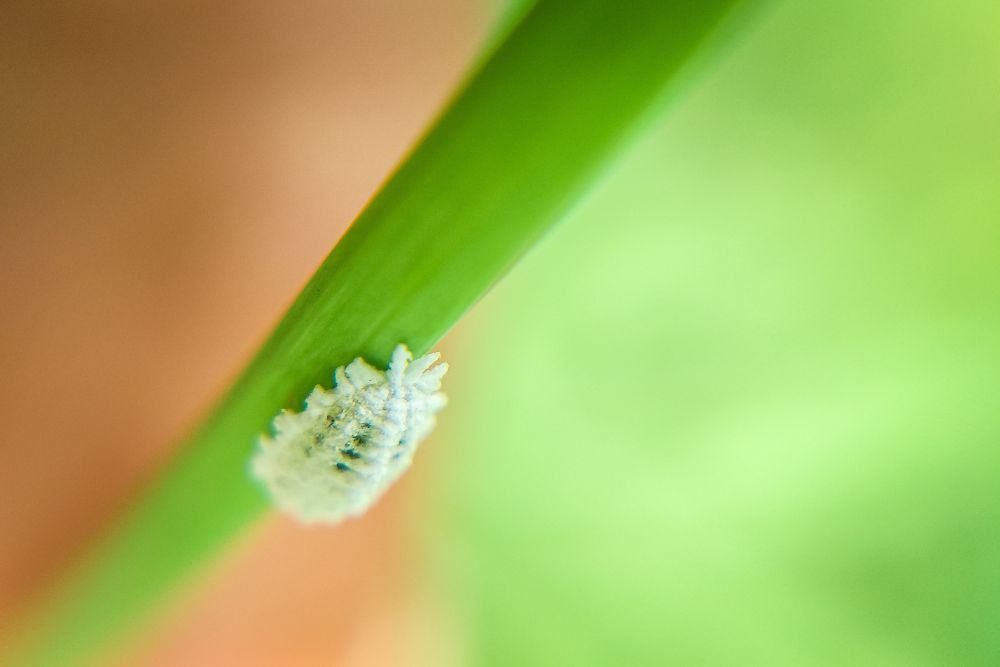Caring for perennials is not only a great way to enjoy your outdoor space and get closer to nature, but it's also one of the best investments you can make in your garden. For gardeners, caring for perennials is a labor of love. Every season brings its own unique challenges, as well as the chance to witness your plants come alive again with renewed energy and vigor!
To guarantee that your flowers stay healthy and vibrant all year long, follow these expert tips on how to care for your perennial varieties. Use this guide to ensure that you are providing the ideal environment and cultivation practices so that you can enjoy an abundance of blooms each year!
Know Your USDA Zone
Image credits: SondraP via Canva
No matter where you live, one of the most significant things to consider when choosing plants for your garden is your climate. Knowing your USDA Zone can help ensure that you select plants that are suited to your area and will thrive year-round.
The USDA Plant Hardiness Zone Map can help guide you in selecting plants suitable for your location. It divides the US into thirteen distinct 10-degree Fahrenheit zones, which are further divided into sub-zones of 5-degree Fahrenheit increments.
When selecting plants, always check the plant label for information about its hardiness zone and make sure that it matches up with your own zonal climate. You can also use a variety of online tools to help you identify which plants will do well in your area.
Once you've chosen plants that are suitable for your local climate, proper care is essential to their survival and long-term health. Depending on where you live, this may include protecting young or delicate perennials from frost, mulching flowerbeds for insulation during cold months, providing shade or additional water during periods of drought, and making sure not to overwater.
Know Where to Plant
Image credits: seaonweb via Canva
When it comes to caring for your perennials, one of the most crucial things you need to consider is where to plant them. Depending on the type of perennial, they could require full sun or part shade and have different watering requirements. To ensure they thrive in your garden, position them in a location that will meet their needs.
Grouping similar plants together can also help optimize soil moisture and provide protection from wind and harsh temperatures. For example, if you have a woody shrub, like lavender, it would do well planted alongside other drought-tolerant plants like thyme.
Know When to Plant
Image credits: Teodor via Pixabay
If you want to get the most out of your perennials, it's best to plant them in either spring or fall when temperatures are cooler. This gives them plenty of time to establish a strong root system before winter hits. This way, they are more likely to survive the cold and thrive come summer!
Springtime planting is best done once the frost has melted and temperatures have warmed up a bit. Fall planting should occur before winter arrives so you'll need to know when the first and last predicted frost is in your area.
It's best to select plants suited for your climate as some perennials cannot survive extreme temperatures. This is just one reason why opting for native plants is a great idea.
Hydrate Your Soil
Image credits: encierro via Shutterstock
Watering too much can lead to root rot or disease, while not watering enough can cause the plant to become stressed and stunt their growth. Depending on the type of perennial you're planting, some may require more or less water than others. So, research what kind of care your specific plant needs in order to stay healthy!
But, before you dig any planting holes, water your perennials generously so that water has time to really soak down into their root ball. Once planted, continue with regular watering sessions until they become established. After, you can reduce watering frequency while still supplying sufficient moisture.
In addition, adding 2 to 3 inches of mulch around the stems (but not touching the stem itself!) will help keep moisture in and weeds out.
Planting
Image credits: Alexander Raths via Shutterstock
Planting perennials isn't too difficult if you keep a few basic tips in mind.
Start by digging a planting hole that's slightly deeper and twice as wide as the pot your plant came in. This will help to ensure that your perennial has enough space for its roots to grow and access nutrients from the soil. Do not remove too much soil from the hole and dig only one hole at a time so as not to dry out the soil before you use it.
When transplanting your perennials, use your fingers to gently work open and loosen up the root ball. Also, be mindful of its depth -- Set it at the same level as what it was in the pot with the ground acting as the lip of the container.
Once positioned correctly, add some organic matter in the hole, such as compost or well-rotted manure. Finally, fill in the remainder of the soil and give it a good pat down. Do not bury the crown, otherwise, this will inhibit growth.
Fertilize in the Spring
Image credits: Teona Swift via Pexels
If you want your perennials to thrive and produce show-stopping blooms every year, fertilizing is key.
Applying a low-nitrogen, high-phosphorus fertilizer in the spring after the soil has warmed can be all it takes for healthy plants that are sure to be the envy of the neighborhood! Use no more than 1 pound of nitrogen (or the equivalent) per 1000 square feet. The preferred method is to use a slow-release fertilizer, though a 20-5-10 can also work.
When applying fertilizer, it is important to be mindful of how much you are using. Too much fertilizer can burn your plants, cause damage, or even kill them. Most perennials don't need heavy doses of fertilizer and a single application should suffice.
Pro-Tip: As with all fertilization, it is important to test your soil first so that you can determine the best type and amount of fertilizer for your specific plants. Sometimes it's necessary to dilute the mixture before use.
Protect From Pests and Diseases
Image credits: Ravi Kant via Pexels
Caring for perennials is an important part of a successful garden. Unfortunately, pests and diseases can quickly turn your dream garden into an eyesore. Watch out for spider mites, Japanese beetles, aphids and mealybugs. From yellowing foliage or stippling on leaves, to leaking sap and droopy limbs, all these can point to an infestation. Use insecticidal soaps or homemade insect repellants in you find yourself in this situation.
When it comes to disease, powdery mildew and rust are just from the top of the list. Powdery mildew is one of the most common plant diseases and a telltale sign of it is a light gray or whitish powder that appears on the surface of leaves. Rust on the other hand is a fungal disease causing yellowing leaves, wilting, and early leaf drop. If left untreated, rust can spread to other nearby plants and cause serious damage. In this case you'll need to prune affected areas and apply a fungicide.
Regularly inspect plants for signs of infestation or disease. Look closely at the leaves, stems, and roots for any discoloration or damage that may indicate an issue.
Finally, protect your plants from deer, rabbits, and squirrels. These can all cause damage to your garden. To keep them away, try using repellents or enclosing the plants in a wire fence.
Peep Those Perennials
Gardening with perennials is a rewarding and enjoyable experience that can provide years of beauty. For the best results, follow these seven key tips for perennial care.
With these simple steps and the proper dedication, you can have a beautiful and healthy garden for years to come! So, get out there and get your hands dirty!
Share this valuable gardening knowledge with your family and friends and leave a comment below about your experience. Happy gardening!

